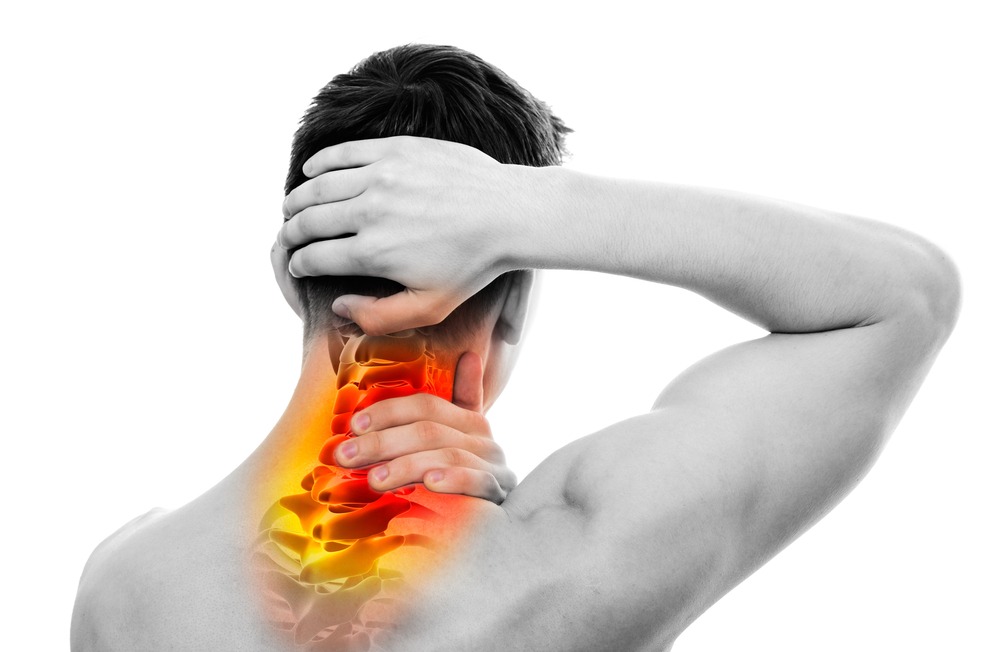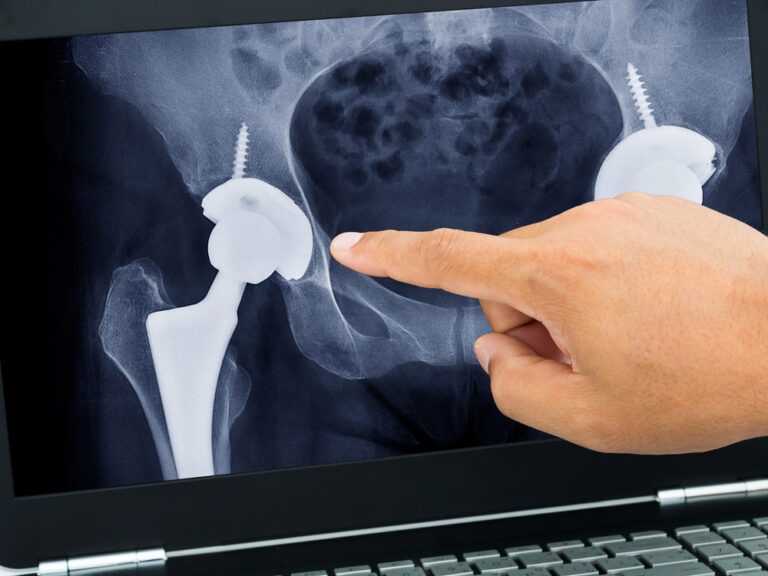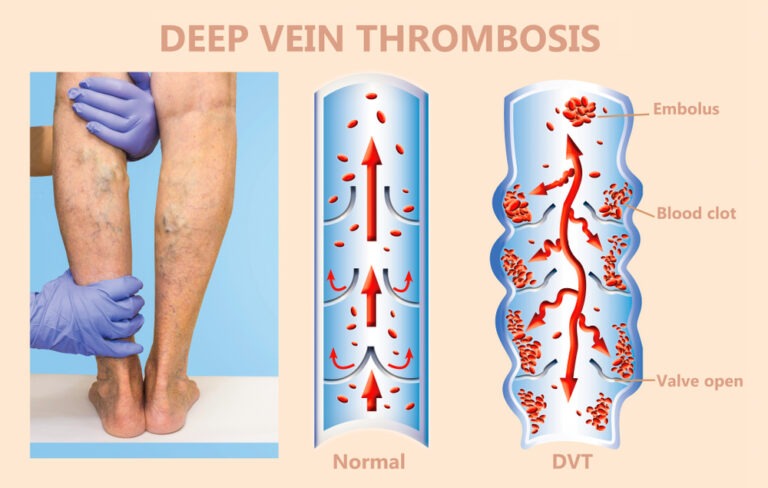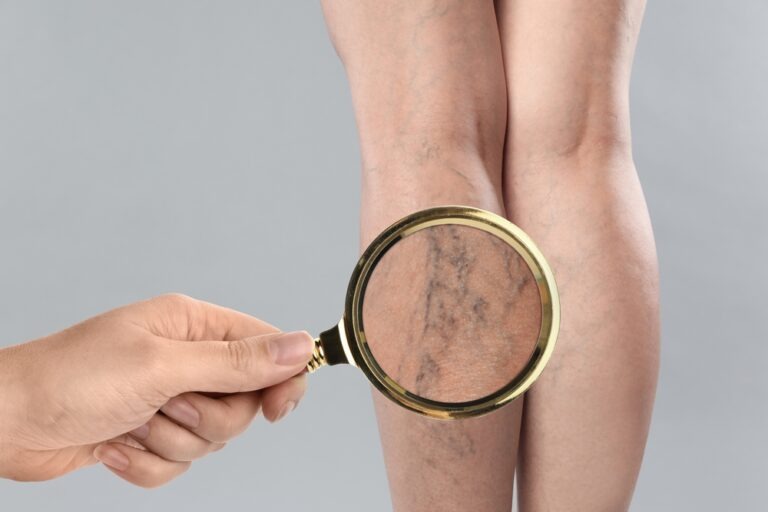Most common types of neck pain
These mainly are; muscle pain, facet joint pain, pain in the head, nerve pain, referred pain, bone pain.
- Muscle pain
The pain that occurs due to sore neck and shoulder muscles or as a result of overwork or an extended physical or emotional stress. There might be hard knots present in the neck muscles that are tender to the touch, known as trigger points.
- Headache
The pain that is felt on the back of your head or in the upper neck frequently occurs as a result of muscle tension or spasm. Throat associated headache is generally dull or aching, instead of sharp pain. Similarly, when you move your neck, it will be difficult.
- Facet joint pain
Facets are the part of vertebra typically labeled as deep, sharp, or aching. This pain gets worse while leaning on your head, and this pain can equally radiate shoulder or upper back.
- Radiating pain or Nerve pain
This pain can be described as piercing, brief, severe pain, together with pins and needles as a result of Irritation or compression of the spinal nerve roots. The pain can radiate to the arm up to the hand.
- Referred pain
The pain arising in one segment of the body as a result of an issue in another section of the body. For instance, neck pain that gets worse with effort might specify a heart issue, and the neck pain which occurs can be a result of some point from the esophagus.
- Bone pain
The pain and tenderness that is felt on the vertebra.
Prevention guidelines for neck pain
The essential thing to prevent neck pain is by maintaining your spine flexible and durable. This neck pain can be easily stopped by making some lifestyle fluctuations. These guidelines are as follows:
- Try to maintain an upright posture, when working by sitting at a desk while using a computer or a mobile. While reading, studying, driving. While doing ab exercises or sleeping.
- Don’t sit for prolonged time and take short breaks every 30 minutes by moving around within the office then get back.
- Avoid lifting heavy weights.
- Learn yourself about the techniques of lifting objects and heavy weights.
- Sleep on a well-supported mattress and pillow.
- Do exercises daily to keep joints mobile and stretchy. Similarly, you can exercise with a friend.
- Always wear a seat belt while on a car.
- Wear protective gear when doing sports or exercising.
- Avoid sleeping on your stomach, this results in over-extension of your neck. Use a pillow for this purpose.










